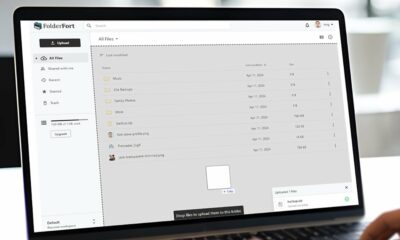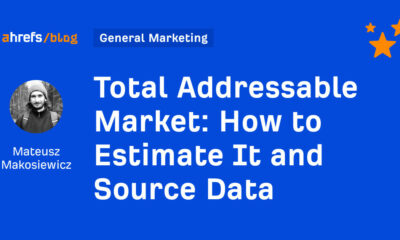A customer data platform (CDP) centralizes an organization’s customer data, providing a single 360-view of each consumer that engages with the company. Yet there are still data-related considerations that organizations have to make beyond what the CDP does.
“[CDPs] were designed to fill a need – to enable a marketer to easily get to the data they need to create their segmentation and then go on and mark it from that point,” said George Corugedo, CTO of data management company Redpoint Global, at The MarTech Conference. “But the issue is that CDPs really don’t take care of the quality aspects of the data.”
Maintaining data quality also impacts segmentation, campaigns and privacy compliance challenges for marketing teams that use this data.
Data quality
The data in a CDP depends on the quality of where it came from. Therefore, an organization using a CDP must also consider the quality of the data sources and reference files used to build out the CDP.
“The inevitable question is going to be, how good is this data?” said Corugedo. “How much can I trust it to make a bold decision?”
This is something that has to be on every organization’s radar. For instance, when identity resolution is used, the issue depends on the quality of the third-party reference files. If they are provided by a telecommunications company or credit bureau as the data partner, those files might only be updated quarterly.
“It’s just not an optimal solution, but every single CDP on the market uses some form of reference file,” Corugedo stated.
It’s up to the data scientists and other team members working within the organization to own the accuracy of these data sources.
Segmentation and other actions
The quality of the data using specific reference files and sources will vary and will impact the confidence that marketers have in creating segments and using them when deploying campaigns.
Marketers have to make this decision at a granular level, based on the trustworthiness of data from a particular lineage.
“If they have a campaign that is reliant on suspect data, they can actually delay that campaign and say maybe we wait until that data gets refreshed,” said Corugedo.
Otherwise, marketers are just “spraying and praying.”
Using rules instead of lists
The advantage of having a CDP is unification of all data. But the data is being updated all the time. Instead of deploying campaigns based on a fixed list of customers, the use of rules to define segments allows marketers to update who they engage in the campaign.
“A list, as soon as it’s detached from the database, starts to decay because it doesn’t get any updates anymore,” Corugedo, adding that using lists takes longer to execute a campaign.
Lower quality from data that isn’t updated can have serious implications for healthcare and other industries, where accuracy is essential.
“Instead, rules are passed through the campaign just like they would be with a list, but those rules reevaluate every time there’s a decision point to make sure that only the qualified people get the particular content at that point,” Corugedo explained.
Get the daily newsletter digital marketers rely on.
Privacy and regulatory compliance
Maintaining data quality through a Redpoint Global dashboard, or a similar combination of tools and data personnel, will also help an organization manage privacy.
The crucial point is that people on the team know where the data came from and how it’s being used in campaigns. The stakes for sending out relevant messaging are high. Privacy and compliance issues raise the bar even higher.
If you’re using a CDP, you can save headaches and extra labor by using a tool that has compliance and privacy baked in, so to speak.
“What we’ve done is embrace some of this complexity and absorb it into the environment, so the marketer never even sees it,” said Corugedo. “What we do is with every implementation, we will implement a PII vault that keeps PII data super secure, and we can anonymize the marketing database.”
This way, personal information of individual customers (PII) is never violated.
“Marketers ultimately don’t necessarily need to have visibility to PII,” Corugedo explained “They like to see it for testing purposes and making sure that it looks right and everything, but the truth is we can do that in other ways without revealing PII.”
Having a handle on data quality adds to the confidence marketing teams have in creating segments and executing campaigns, and it can also help protect the customer’s privacy and guard against regulatory infringements.
Facts not fiction: Beyond the CDP from Third Door Media on Vimeo.



















You must be logged in to post a comment Login